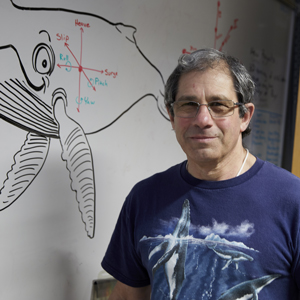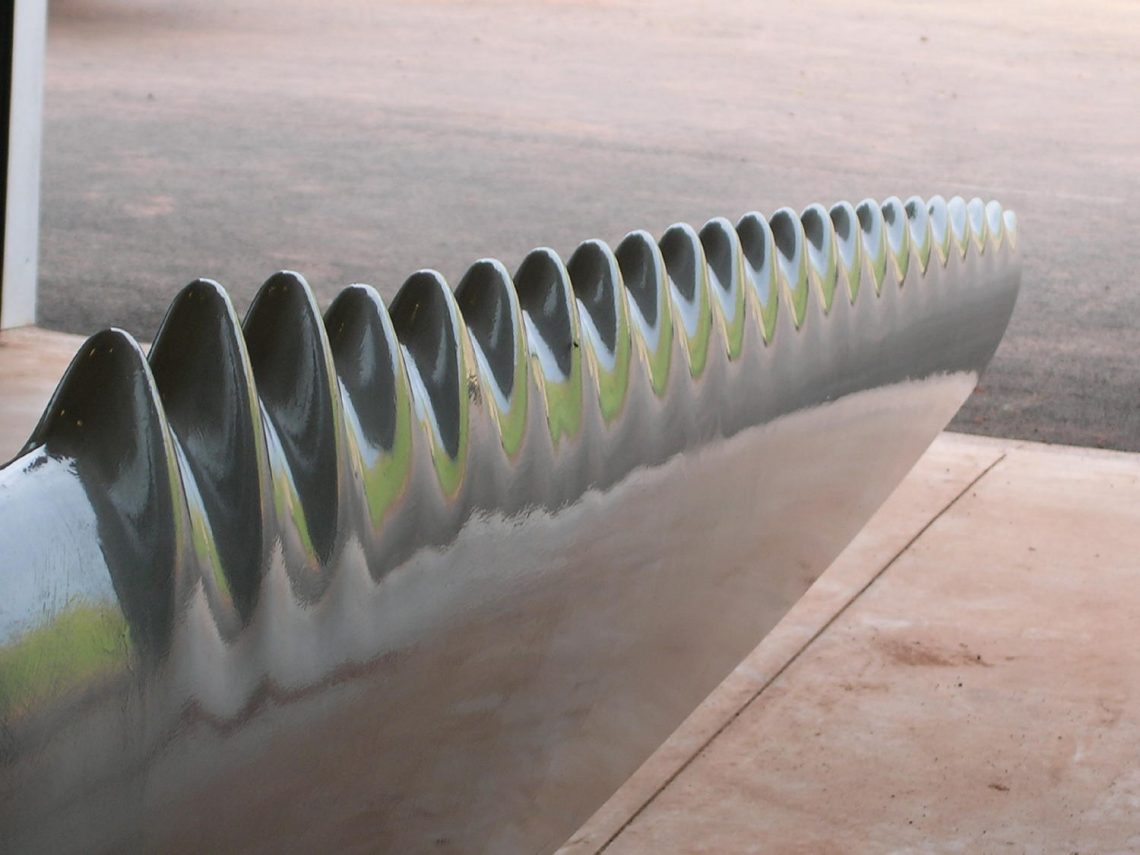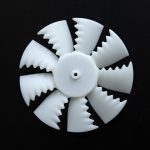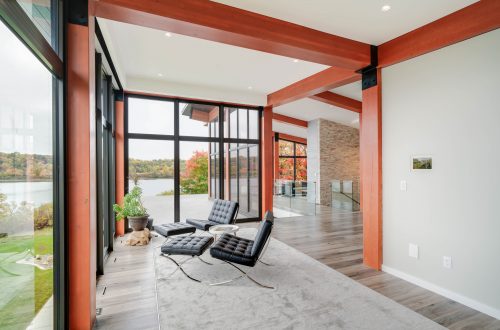
Since initial records of design in ancient times, there has been evidence of what it is now classified as biomimicry. From the early utilization of silkworms for textile production around 4,000 B.C. and Leonardo da Vinci’s skeletal flying machines in the 1400s to archaic umbrellas inspired by Chinese lotus leaves in the 18th century, designers and inventors continue to turn to the concept—and full-fledged practice—to spark innovative solutions for complex issues that impact the world at large.
One of the most notable modern innovations, which also poses a solution for sustainable energy, was sparked decades ago when Dr. Frank Fish, a marine biologist, stumbled upon a peculiar anatomical characteristic on the humpback whale. Fish, a professor of biology at West Chester University, was on a vacation in Boston when he entered a gift shop and locked eyes on a figurine of a humpback with a series of perplexing bumps on the leading edge of its fins.
As an expert in biomechanics—which has garnered him research awards and grants from the likes of the Naval Academy and the Defense Advanced Research Projects Agency—Fish sought to study the seemingly nonsensical adaptation of leading-edge bumps which, by modern engineering standards, should inhibit the whale’s movement compared to smooth leading edges. His initial research, however, proved quite the opposite, and the discovery would soon generate a surprising and innovative bio-inspired design solution called Tubercle Technology, along with its managing entity, WhalePower Corporation.
“My feeling is nature doesn’t usually do anything for no reason at all. There has to be some sort of adaptive advantage,” Fish said.
“For me, a lot of our tests were simply predicated on what was going on for the whale. Of course, what happens then is we see something that no one else has really thought of before and now it has some sort of application for engineering technologies and improvements of performance for those technologies. It became a driving force for the creation of WhalePower and trying to market this,” Fish added.
Leading up to the creation of WhalePower, Fish’s early studies of the humpback whale suggested that their leading-edge fin bumps, or tubercles, actually delayed the whale’s stall, or the point at which their flippers lose lift—a key benefit for such an immense creature. In reality, humpback whales, which can weigh up to 80,000 pounds and measure up to 50 feet long, are able to swim in circles tight enough to emit radiuses of bubbles only five feet across, while preying on thousands of tiny krill.
After forming his hypothesis, Fish connected with the mechanical and aerospace engineer Dr. Phillip Watts, who was already versed in the importance of biomimicry from his work in biomechanics, to help with fluid dynamics analysis. After running several fluid dynamics simulations on fins with and without tubercles, the team realized that the bumps not only increased the whale’s life in the water, but also simultaneously reduced the drag, or fluid resistance. In effect, the unassuming bumps act as a stall management system, delaying fall to higher angles while the whale develops lift and turns tightly. After further exploring the whale’s natural advantage, the team surmised that the same advantage—the leading-edge bumps—could be applied to the developed devices of humankind.
After publishing their collaborative findings, the small team filed a patent for Tubercle Technology and soon connected with the late Stephen Dewar, a Toronto-based entrepreneur, to form the intellectual property company WhalePower Corporation in 2005. The firm employs the skills of leaders in several fields such as complex fabrication and computational fluid dynamics to develop and license Tubercle Technology to entities around the world. A second patent filed after WhalePower’s formation covers the U.S., Europe, and several other countries. During these early stages, a third-party testing series the firm conducted for performance measures took place on Prince Edward Island’s gusty shores and revealed a significant increase in electrical power production for the team’s original Wenvor stock blade. Tubercle Technology’s potential in the wind turbine sector was established.
“This may take a while to catch on and people have to see the benefit, but we also have a lot of young people now who are looking at natural solutions and have become more and more interested in this idea of biomimicry and bio-inspired design, and now there are various institutes at major universities that look at this,” Fish said.
“These things may come, but as I say the importance of them is they’re also inspiring a whole new generation of kids who want to become engineers and want to be in the sciences and mathematics and things; and if that’s the case, it’s all for the good, because other things may come from that,” Fish added.
Text: R. Collins
 Full length available in Great Lakes By Design: Ergonomics, published 2020
Full length available in Great Lakes By Design: Ergonomics, published 2020







